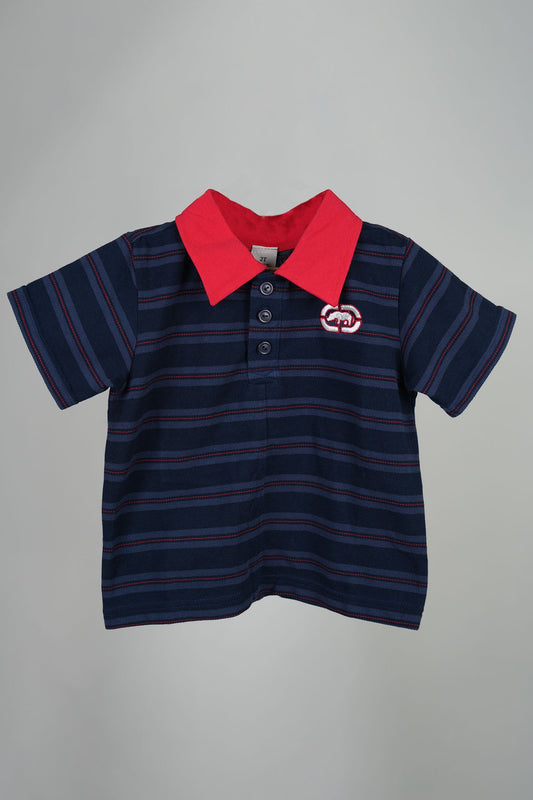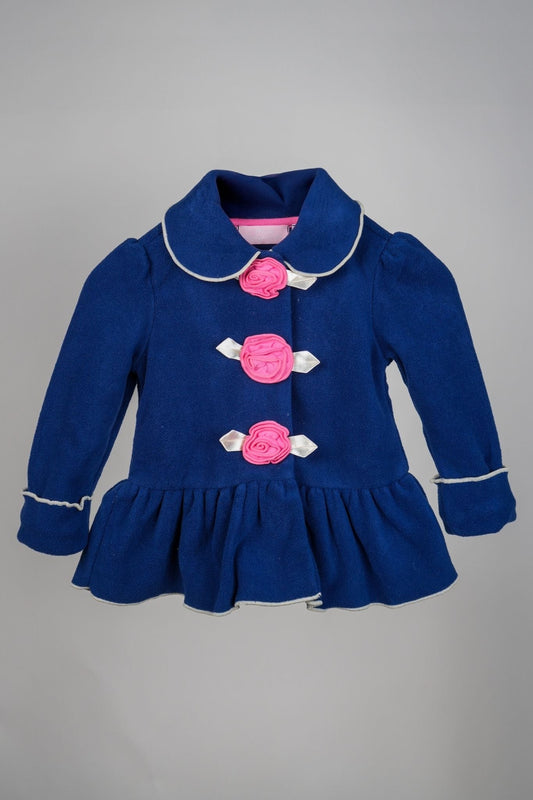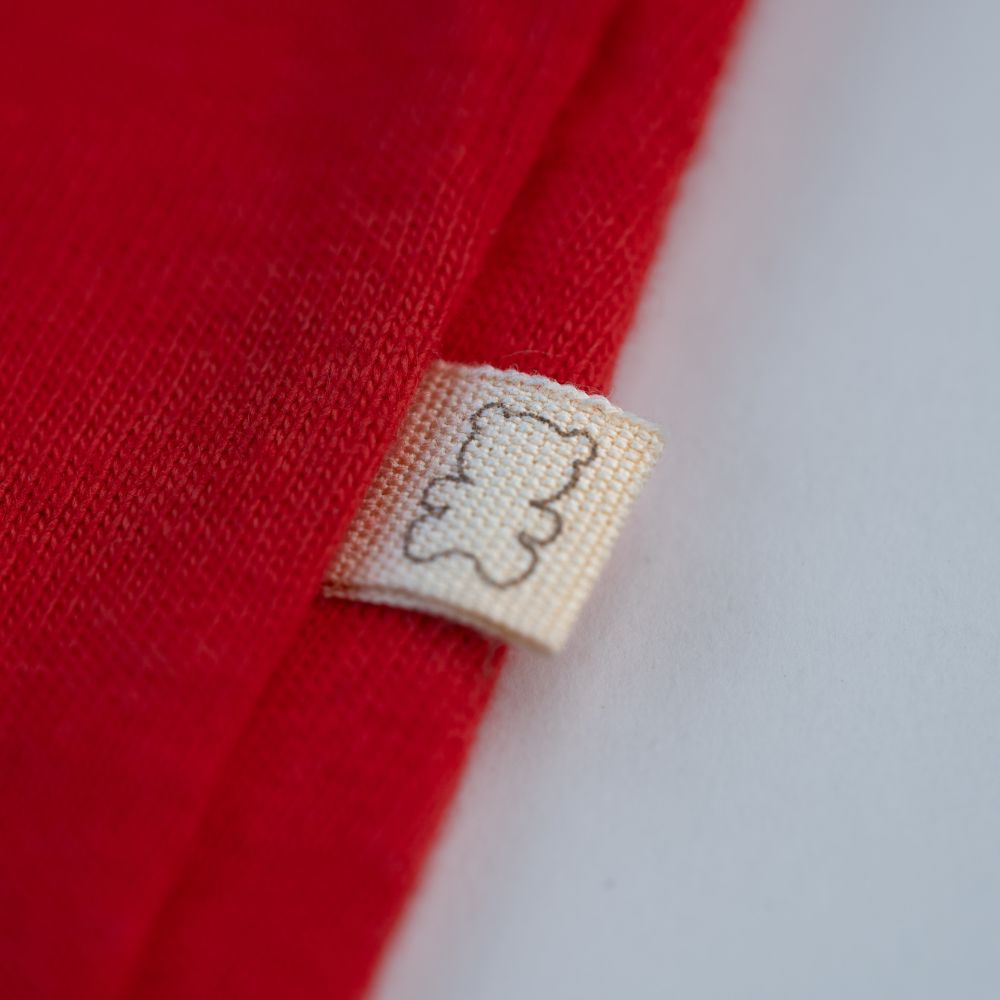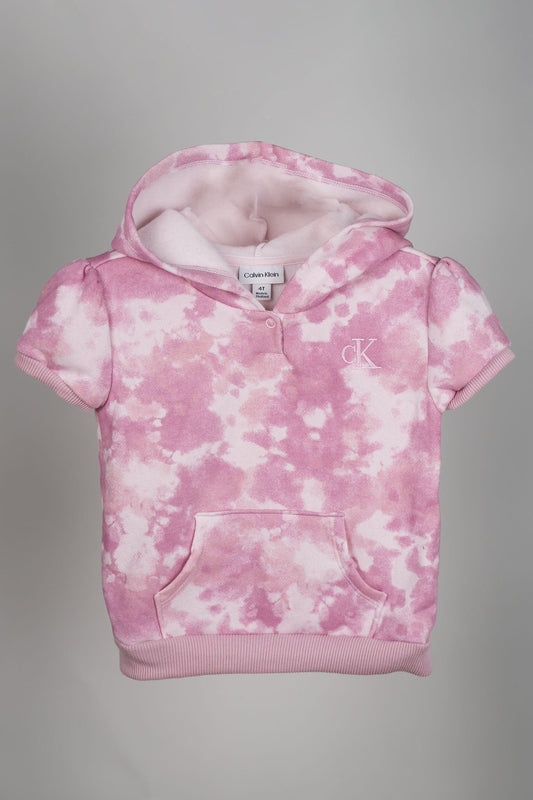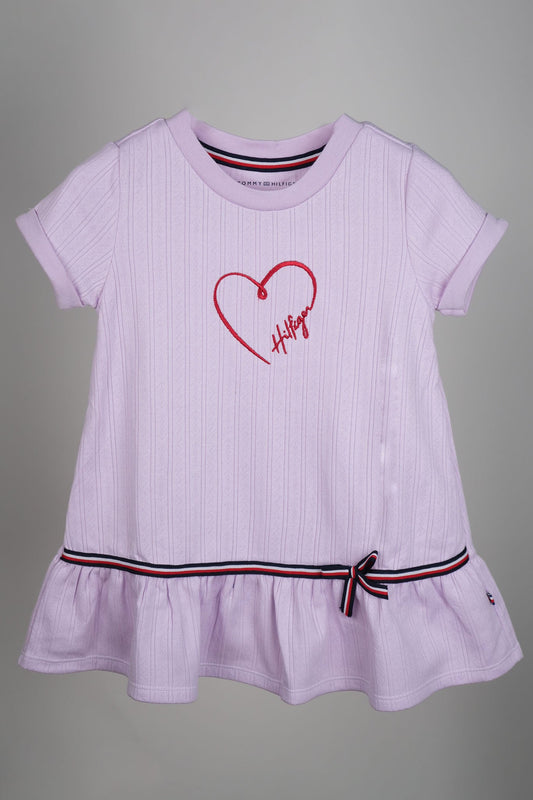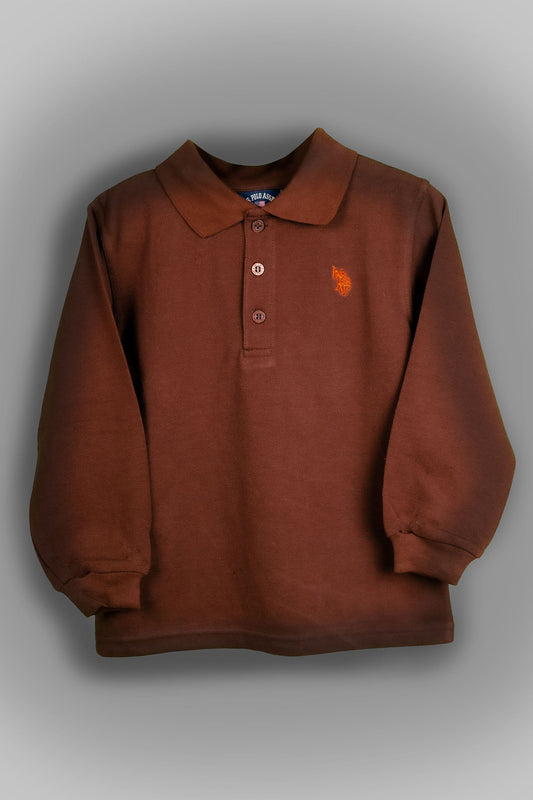How To Create a Safe Sleeping Environment for Your Baby
Why is a Safe Sleep Environment Important for Your Baby
Ensuring a safe sleep environment for your baby is crucial for their health and well-being. Proper sleep safety practices can significantly reduce the risk of Sudden Infant Death Syndrome (SIDS) and other sleep-related dangers. This comprehensive guide will provide you with detailed tips on choosing the right crib, mattress, and bedding, along with essential safe sleep practices to keep your little one safe and sound.
Choosing the Right Crib for Your Baby
-
Safety Standards:
- Adherence to Regulations: Ensure the crib meets current safety standards. Look for cribs certified by reputable safety organizations, such as the Juvenile Products Manufacturers Association (JPMA). This certification ensures the crib has passed rigorous safety tests.
- Avoiding Older Models: Steer clear of older cribs, especially those manufactured before 2011, as they may not comply with current safety regulations and could pose risks due to outdated designs.
-
Crib Design:
- Fixed Sides for Safety: Opt for a crib with fixed sides. Drop-side cribs, once popular, have been banned due to numerous safety concerns, including entrapment and suffocation hazards.
- Safe Slat Spacing: Check the spacing of the crib slats. They should be no more than 2 3/8 inches apart to prevent your baby’s head from getting stuck, which could lead to injury or suffocation.
- No Decorative Cutouts: Ensure the crib has no decorative cutouts or corner posts that could catch your baby’s clothing or limbs, posing a strangulation hazard.
-
Sturdy Construction:
- Durable Materials: Choose a crib made from durable materials. The crib should be sturdy with no wobbly parts or loose screws. Regularly inspect the crib to ensure all parts remain tight and secure.
- Regular Maintenance: Perform regular checks to ensure all parts remain tight and secure. Over time, screws can loosen, and wear and tear can affect the crib's integrity.
Selecting the Right Mattress for Your Baby's Crib
-
Firmness:
- Importance of Firmness: A firm mattress is crucial to reduce the risk of SIDS. A soft mattress can create a suffocation hazard if the baby’s face sinks into it. Always opt for a mattress labeled as "firm" for infant use.
- Testing Firmness: Test the mattress by pressing down in the center and edges. It should quickly regain its shape, indicating it is firm enough for safe sleep.
-
Fit:
- Snug Fit: The mattress should fit snugly within the crib, with no more than two fingers' width between the mattress and the crib frame. A gap larger than this can pose a risk of entrapment.
- Crib-Specific Mattresses: Use a crib mattress specifically designed for the crib model you own. This ensures compatibility and safety.
-
Material:
- Non-Toxic Materials: Look for a mattress made from safe, non-toxic materials. Avoid mattresses treated with harmful chemicals or flame retardants, which can off-gas and pose health risks.
- Breathable Options: Consider mattresses with breathable materials to enhance airflow and reduce overheating, promoting safer sleep.
Choosing Safe Bedding for Your Baby
-
Bare is Best:
- Minimalist Approach: The safest sleep environment for a baby is a bare crib. Avoid using pillows, quilts, comforters, bumper pads, or stuffed animals, as these items can increase the risk of suffocation and SIDS.
- Appropriate Sleep Clothing: Dress your baby in appropriate sleep clothing instead of using blankets. Sleep sacks or wearable blankets are safe alternatives to loose blankets.
-
Fitted Sheets:
- Snug Fitting Sheets: Use a fitted sheet that fits snugly around the mattress. Loose sheets can pose a suffocation risk if they come loose during sleep.
- Breathable Materials: Ensure the sheet is made from breathable, hypoallergenic materials to reduce the risk of allergies and overheating.
-
Sleep Sacks:
- Wearable Blankets: Consider using sleep sacks or wearable blankets instead of loose blankets. They keep your baby warm without the risk of covering their face, which can lead to suffocation.
Safe Sleep Practices to Reduce SIDS Risk
-
Back to Sleep:
- Supine Position: Always place your baby on their back to sleep, both for naps and at night. This is the safest sleep position to reduce the risk of SIDS.
- Consistent Practice: Continue placing your baby on their back until they can roll over both ways independently. Once they can roll, it’s safe to let them find their own sleep position.
-
Share a Room, Not a Bed:
- Room Sharing Benefits: The American Academy of Pediatrics (AAP) recommends that babies sleep in the same room as their parents for at least the first six months, ideally for the first year. This practice can reduce the risk of SIDS by up to 50%.
- Separate Sleep Surface: Use a separate, safe sleep surface like a crib or bassinet. Avoid bed-sharing, which increases the risk of suffocation and SIDS due to soft bedding and potential overlays from parents.
-
Avoid Overheating:
- Comfortable Room Temperature: Keep the room at a comfortable temperature. Dress your baby in light sleep clothing and avoid heavy blankets or overdressing, which can increase the risk of overheating.
- Monitoring Signs: Check for signs of overheating, such as sweating or a hot chest, and adjust clothing or bedding accordingly.
-
Use a Pacifier:
- Pacifier Benefits: Offering a pacifier at nap time and bedtime can reduce the risk of SIDS. If breastfeeding, wait until breastfeeding is well established before introducing a pacifier, typically around 3-4 weeks.
- Pacifier Safety: Do not force the pacifier if your baby does not want it, and do not reinsert it once your baby falls asleep. Ensure the pacifier is clean and free from damage.
-
Avoid Smoke Exposure:
- Smoke-Free Environment: Do not smoke during pregnancy and ensure that your baby’s environment is smoke-free. Exposure to smoke increases the risk of SIDS and respiratory issues.
- Secondhand Smoke: Protect your baby from secondhand smoke by keeping their environment smoke-free and avoiding places where smoking occurs.
-
Regular Check-ups:
- Health Monitoring: Keep up with your baby’s well-baby check-ups and immunizations. Studies show that immunized babies have a lower risk of SIDS and other illnesses.
- Professional Advice: Consult your pediatrician for personalized advice on safe sleep practices and overall health.
Mixmax: Providing Quality Imported Fashion Wear for Kids and Babies
At Mixmax, we are dedicated to providing high-quality, imported fashion wear for kids and babies. Our extensive collection features renowned brands known for their safety, comfort, and style. We prioritize eco-friendly materials and ethical manufacturing practices to ensure your baby’s clothes are as safe as they are fashionable. Explore our range of products, from adorable sleepwear to everyday essentials, designed to meet the needs of modern parents and their little ones.
For more helpful parenting tips and to discover our premium baby products, visit Mixmax today. Don't forget to check out our other insightful blogs:
- The Ultimate Newborn Essentials Checklist
- Traveling With Kids: Packing The Perfect Wardrobe For Your Little Ones
- 7 Proven Strategies To Keep Your Kids' Clothes Looking Brand New
Explore More Resources
By following these tips and utilizing the quality products offered by Mixmax, you can create a safe, comfortable sleep environment for your baby, ensuring they get the rest they need for healthy growth and development.
